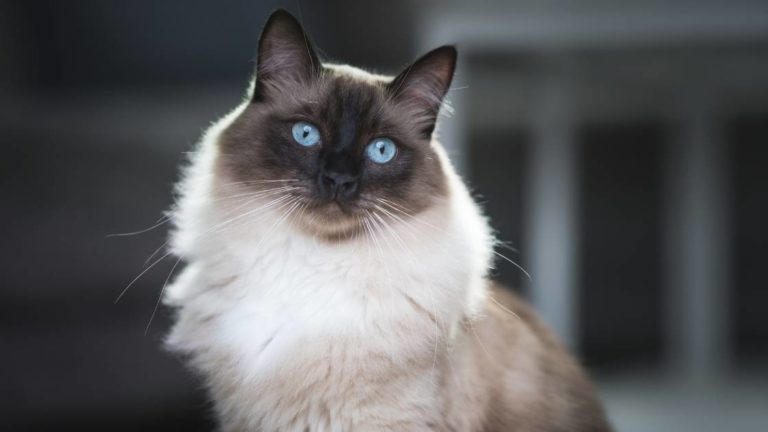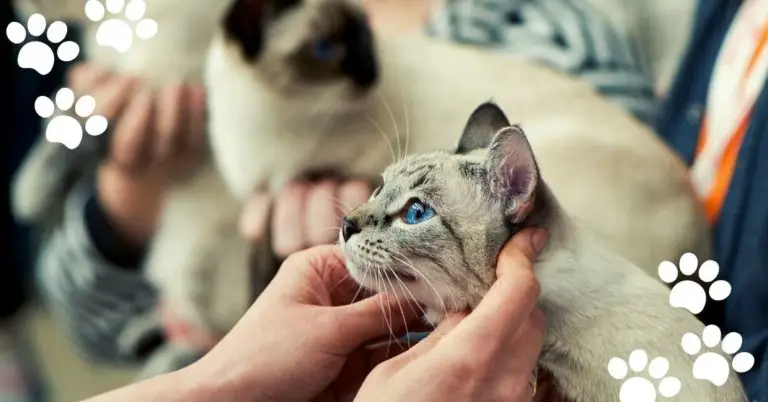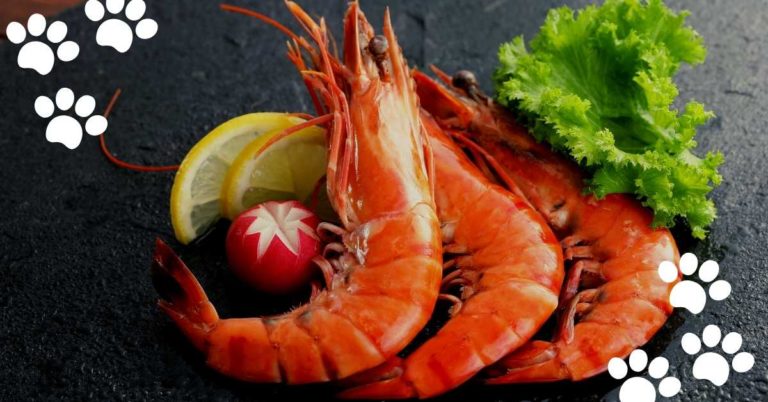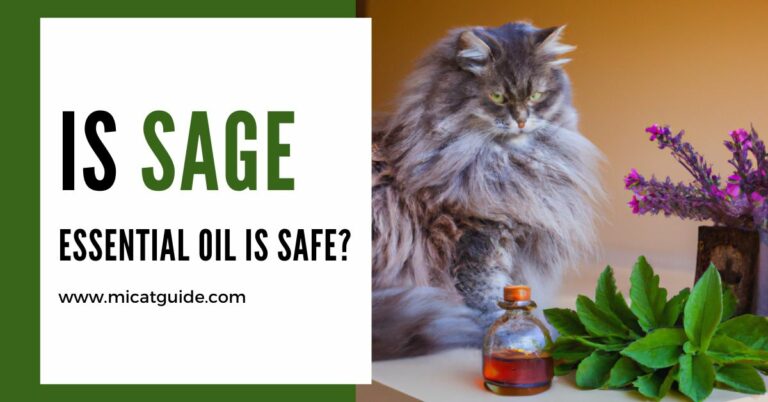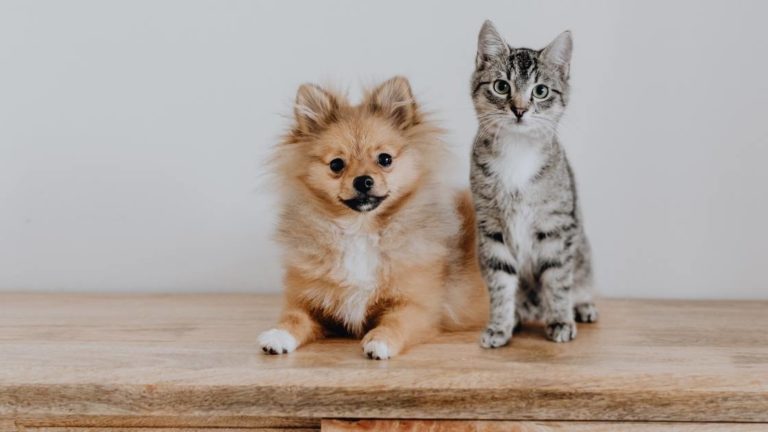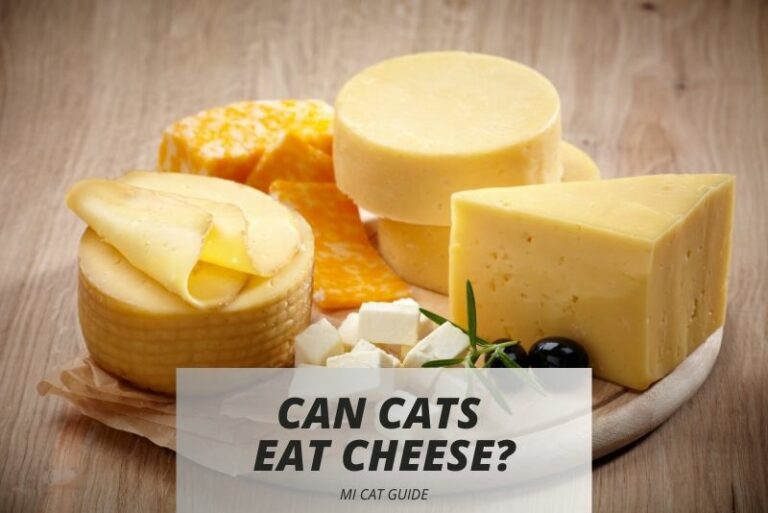Human Foods: What Can Cats Eat?
Understanding what can cats eat is crucial for any pet owner, considering the dietary influence on our feline friends’ overall health and well-being. Cats are known for their discerning palates and often have unique preferences that vary from individual to individual.
But when it comes to human foods, not all are created equal—some can prove to be catnip, while others can lead to dangerous consequences. This comprehensive guide breaks down what’s on the menu when sharing your plate with your whiskered companion.
Foods Safe for Cats
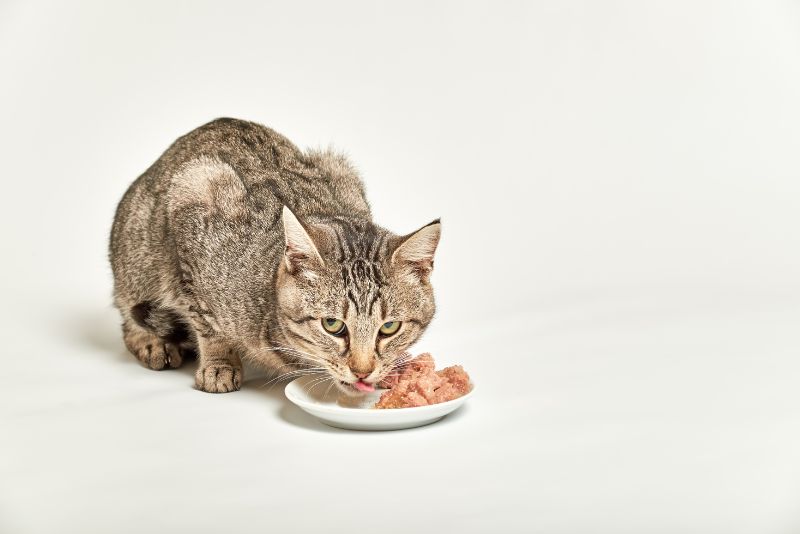
There is a myriad of human foods that cats can safely enjoy. It’s essential to remember that even human-safe foods should always be given in moderation, as cats have different nutritional needs than humans. Here are some human foods that are generally safe for cats:
Cooked Meats
Lean cuts of lightly seasoned cooked meat, without the bones, can be a tasty and healthy treat for cats. Turkey, chicken, and lean beef are good options. Meats provide a source of protein that is essential for your cat’s diet, supporting muscle health and overall energy levels.
Fish
Cats love the taste of fish, and many readily enjoy samples of salmon, tuna, and mackerel. These can be a delightful occasional treat, bearing in mind that fish should only represent a small portion of their overall diet due to potential high levels of mercury and other environmental pollutants.
Vegetables
While cats are obligate carnivores and derive their nutritional needs primarily from animal-based sources, some vegetables can provide supplementary nutrients. Steamed or boiled carrots, green beans, and squash can offer fiber, vitamins, and minerals. However, this should be secondary to a primarily meat-based diet and is not necessary in cat nutrition.
Foods to Avoid
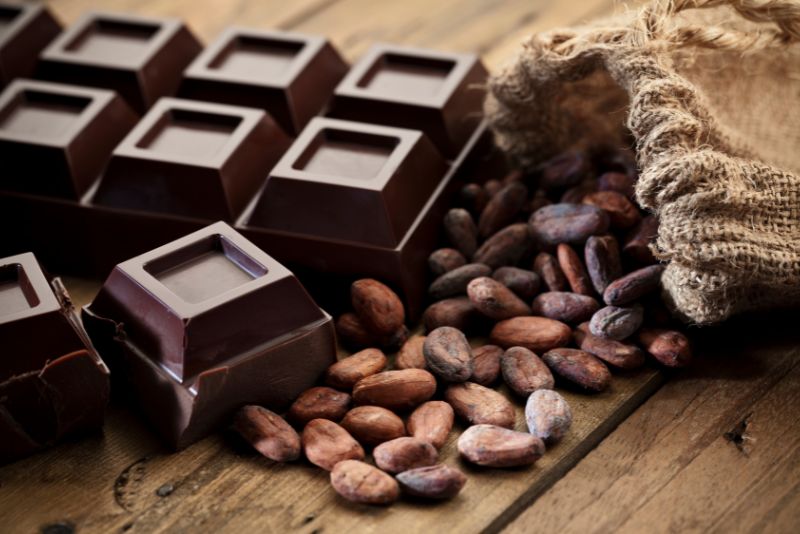
Certain human foods are toxic to cats and should never be given to them under any circumstances.
Chocolate
Chocolate contains theobromine, a compound that cats cannot metabolize effectively, which can lead to symptoms ranging from gastrointestinal upset to seizures and even death. Any chocolate, especially dark or baking chocolate, should be kept far out of paw’s reach.
Onions
Onions, whether raw, cooked, or powdered, can cause oxidative damage to cat’s red blood cells, leading to anemia in some cases. This pertains to all members of the onion family, including garlic, leeks, and chives.
Grapes
Grapes and raisins can be incredibly toxic to cats, causing kidney failure. It’s advised to avoid giving them any types of grapes and to be cautious with foods containing grape derivatives such as grape juice or wine.
The list of foods toxic to cats extends beyond these three, including alcohol, caffeine, and some varieties of nuts. It’s always best to educate yourself on potential hazards before spoiling your feline friend.
Balanced Diet for Cats
Cats thrive on a balanced diet, just like humans. A combination of high-quality commercial cat foods and carefully selected human foods can lead to a happy and healthy life for your pet.
Importance of a Balanced Diet
A balanced diet for cats should consist of protein, fats, carbohydrates, vitamins, and minerals. This ensures proper growth, energy, and weight control. Commercial cat foods are formulated to meet these nutritional needs, but they can be supplemented with the occasional human food treat.
Recommended Cat Food Options
When choosing a commercial cat food, look for options that have a ‘complete and balanced’ label from the Association of American Feed Control Officials (AAFCO). These labels indicate that the food meets your cat’s nutritional requirements. Consider your cat’s age, health, and lifestyle when selecting a cat food formula.
Homemade Treat Ideas
For cat owners that like to get crafty in the kitchen, here are some simple, safe, and tasty homemade treats that your feline will love.
Tuna Patties
Mix canned tuna with a small amount of cornmeal and an egg to hold it together, form into small patties, and bake at 350°F until firm. These make delicious on-the-go treats or can be crumbled over your cat’s food.
Chicken and Veggie Broth Cubes
Poach chicken with a few cat-safe vegetables like carrots, green beans, and a dash of parsley in water. Once cool, blend the mixture without the bones and fill an ice cube tray. Freeze the cubes and serve as a refreshing treat during the warmer months.
Catnip Cookies
Blend a handful of oats, a spoonful of catnip, and a pureed can of sardines. Roll the mixture into small balls and bake until crispy. These cookies should be given sparingly, thanks to the catnip content, and serve as a delightful snack.
Tips for Feeding Cats Human Foods
Even safe human foods should be given to cats in moderation and with caution.
Portion Control
It’s easy to overfeed our cats, especially when we want to treat them with something special. However, portion control is all-important to maintain a healthy weight. Treats should never make up more than 10% of a cat’s daily caloric intake.
Monitoring for Allergies or Sensitivities
Just like humans, cats can have allergies or sensitivities to certain foods. When introducing a new food, monitor for itching, redness, or GI upset. It’s wise to introduce new treats slowly and one at a time to observe any potential adverse reactions.
Conclusion
Understanding what cats can eat is fundamental for feline health. It’s an area where a conscientious pet owner can excel in providing quality care for their companion. By being knowledgeable about safe and toxic foods, ensuring a balanced diet, and even exploring homemade treats, you’re already taking significant steps toward cat wellness.
Always remember to consult with your veterinarian if you have any questions or concerns about your cat’s diet, and here’s to many happy mealtimes for you and your kitty!

